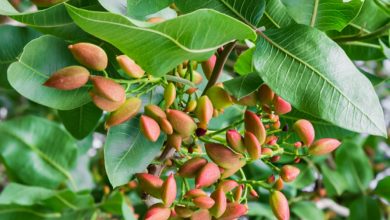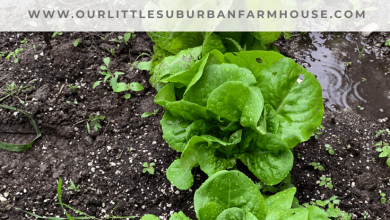Cabbage Pests and Diseases: How to Eliminate
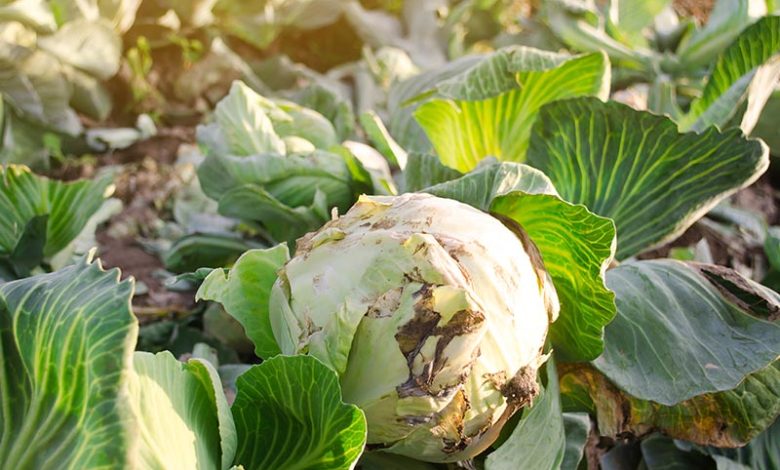
Hello to all agrohuerters! In today’s article we will learn what the most common cabbage pests and diseases are and how we should act if we detect them. First of all, I would like us to remember some cabbage facts.
Its scientific name is Brassica oleracea var. capitata and belongs to the brassicaceae family (also called cruciferae). Despite being grown as an annual, cabbage is a biennial herbaceous plant. The edible part of the cabbage is its leaves and they take on a characteristic shape of a compact heart.
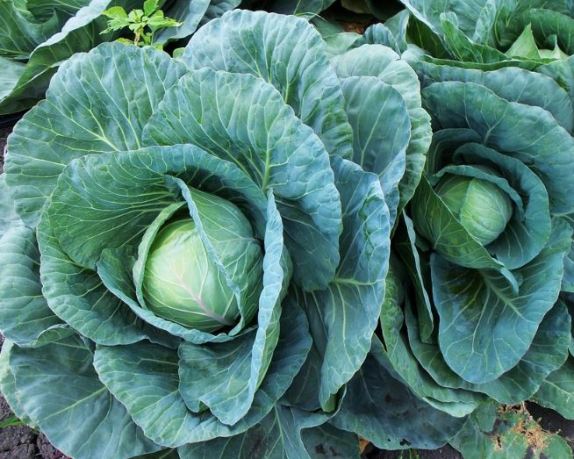
Below are the different most common pests and diseases that we can observe in the cultivation of cabbage.
1. Pests and diseases of cabbage: The most important pests
caterpillars on cabbage
The Lepidoptera family (butterflies and moths) are one of the main pests of chloriflores. Above all, they attack in their larval state, that is, before they become butterflies. The most common damage is bites on the leaves.
One of the species of Lepidoptera that most affects cabbage is Pieris brassicae and can even cause the plant to rot. Its adult form is characterized mainly by being white and having two black dots on its wings.
The control of these insects is based on the use of pheromones or light bulbs. Also, it is important to detect small larvae as soon as possible in order to act more quickly.
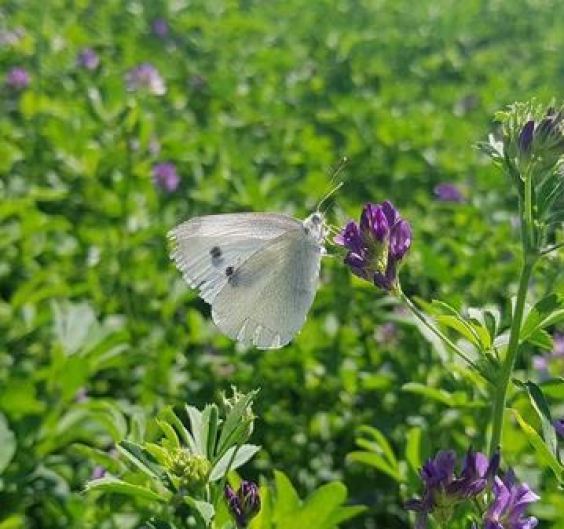
cabbage fly
Cabbage fly causes significant damage in spring, mainly to younger plants. The larvae of these insects penetrate the roots of the cabbage plant and can kill it.
Control: modify planting and transplant date or use early varieties.

cruciferous bug
They produce bites in the blade of the upper leaves, sucking liquids and causing them to wilt.
Control: destroy the surrounding undergrowth as it serves as a refuge.
whitefly on cabbage
Whiteflies are generally located on the underside of leaves. Among the main damages they cause to crops, the following stand out:
- Extraction of sap from the plant.
- mechanical damage
- They produce molasses.
- Some species are disease vectors.
The best control method is prevention. Therefore, it is important that you check the underside of the leaves from time to time in order to act as soon as possible. In addition, there are various methods of whitefly control such as chromatic traps, natural predators, infusion of wormwood, garlic, etc.
Sticky bugs: waxy aphid (Brevicoryne brassicae L)
Cabbages are not immune to aphids. As you know, aphids belong to the aphid family and are one of the most common pests in orchards and gardens. They are small in size (1-3 mm in length) and can have different colors depending on the species to which they belong. In the case of aphids that attack cabbage, they are usually blue-green in color. They attack the young shoots of crops with a high sugar content.
Of all the species of aphids, the most important of the cabbage crop is the » waxy aphid «, characteristic for secreting a whitish waxy substance. This species can be very numerous and usually attack in limited foci. If the pest is very important they can kill the plant.
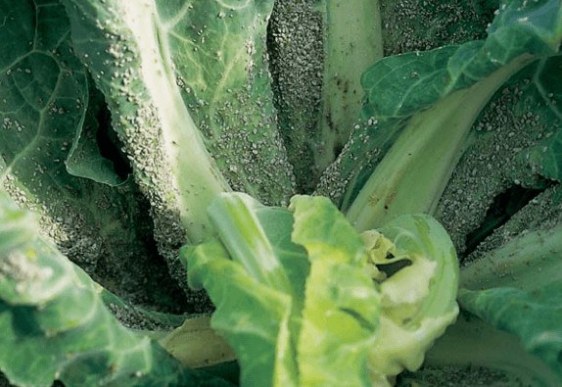
2. Cabbage diseases
Next we will talk about the cabbage diseases that are most frequent.
Rotten cabbage: dry rot
It is also known as «cabbage canker» and «black foot.» The cause of this disease is a fungus and it usually also attacks other cruciferous plants. The main symptoms are the appearance of round brown spots on the stem. At first these spots are isolated but as the disease progresses they join and destroy the tissues. The leaves can also be affected by this disease, appearing on them with grayish spots that darken over time.
black rot of cabbage
Cabbage can also be affected by another type of rot, but this time it is caused by bacteria known as Xanthomonas campestris. These bacteria affect both young and adult plants. If the humidity and temperature conditions are favorable, they can cause serious damage.

Control based on preventive measures (use certified seed, cultivate in soils free of these bacteria, keep the field free of wild crucifers, quickly destroy infected foci,…)
cruciferous mildew
Disease caused by the fungus Peronospora parasitica. It can become dangerous in nurseries. It is characterized, as we have seen other times, by yellowish spots on the leaves that later turn brown.
References
- Hasan, F., Ansari, M. (2011).Effects of different brassicaceous host plants on the fitness of Pieris brassicae (L.), Crop Protection, 30(7), 854-862.
- Khaling E, Papazian S, Poelman E, Holopainen J, Albrectsen B, Blande J (2015).Ozone affects growth and development of Pieris brassicae on the wild host plant Brassica nigra. Environmental Pollution, 199,119-129.
- Weinberger, K., Srinivasan, R. (2009).Farmers’ management of cabbage and cauliflower pests in India and their approaches to crop protection, Journal of Asia-Pacific Entomology, 12(4), 253-259.
This is all for today, I hope you have become a little more familiar with cabbage pests and diseases and see you in the next article. Remember that you can leave comments telling us all your experiences.
Have a nice day!



